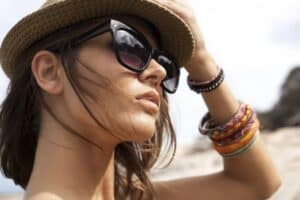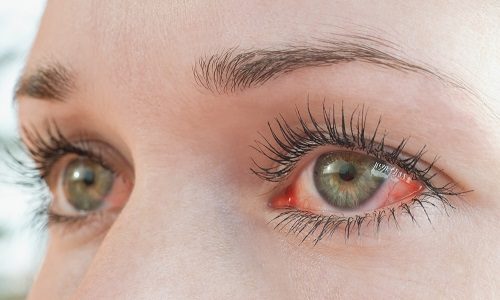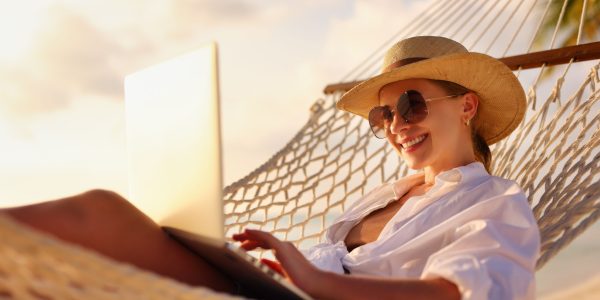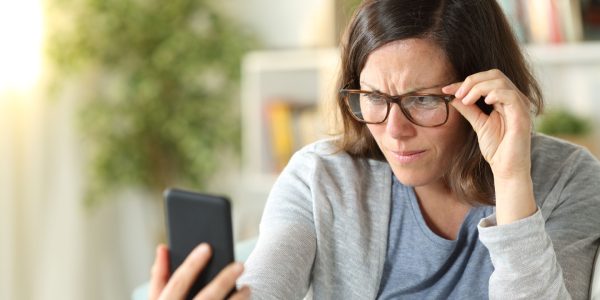
In the weeks leading up to the eclipse, national news outlets warned viewers about the dangers of staring directly into the sun during the eclipse. As a Bay Area vision specialist, Mark Mandel, MD, wants to explain why these warnings were so important, why it is dangerous to stare at the sun during a solar eclipse and how to take the proper precautions. With scientists predicting the next total eclipse for North America coming in 2024, it’s a good idea to know how to protect yourself!
An Eclipse Tricks Your Eyes
Normally, if you were to stare at the sun, its brightness would immediately hurt your eyes and you would look away. However, during a solar eclipse, the moon blocks part (or all) of the sun and its brightness. Because the sun is less bright during the eclipse, the moon tricks your eyes into thinking you can look at the sun for an extended period of time without experiencing any pain.
Unfortunately, just because you don’t feel pain doesn’t mean the sun is not harming your eyes. Staring at the sun actually burns cells in your retina, the light-sensitive tissue at the back of the eye that sends information to the brain. This type of damage, known as solar retinopathy, can cause an irreversible reduction in vision. Some people go blind from it.
There’s more bad news. If you assume it’s safe to look at the sun with an aid like a telescope, camera or binoculars, think again. The instruments can magnify the sun’s rays and accelerate the damage to the retina.
How to Safely View an Eclipse

The best way to experience a solar eclipse is by wearing special eyewear. Normal sunglasses aren’t suitable. Look for solar viewers that have been properly lab-tested and are regulated by an international safety standard. These glasses reduce the sun’s brightness to a safe and comfortable level and block dangerous ultraviolet and infrared radiation. The American Astronomical Society (AAS) has a list of recommendations at eclipse.aas.org/resources/solar-filters.
If you plan to take a photograph of an eclipse, put a specialized solar filter on the end of the camera’s lens. Do not wear eclipse glasses when looking through the lens.
Viewers that are in the path of totality, or the area where the moon directly covers the sun’s face, can look directly at the sun until its face reappears. After that, glasses are needed.
Contact Optima Eye
For more information about keeping your eyes safe and healthy, please contact your optometrist or email Dr. Mandel with your questions. To schedule a one-on-one appointment with Optima Eye, please call 510-866-3937 today.


